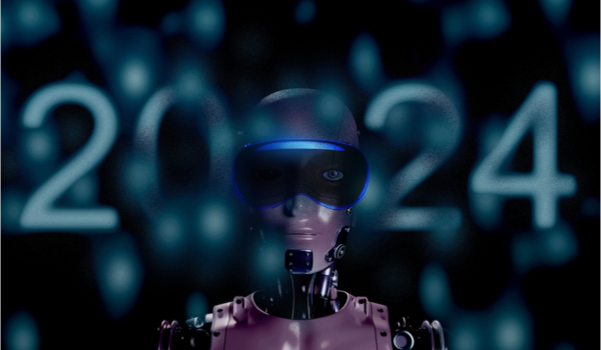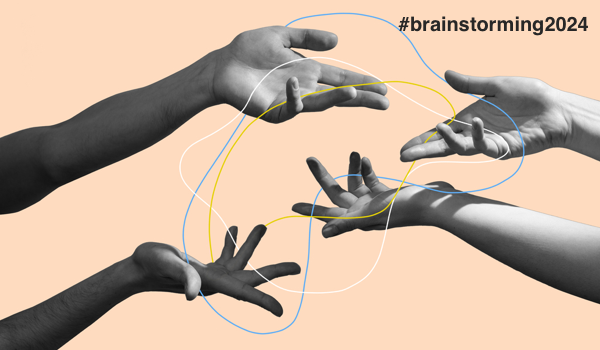


NEW YORK - Employee wellbeing is increasingly becoming a top priority in today's workplaces. As organizations recognize the detrimental effects of staff burnout on productivity and morale, human resources (HR) professionals seek innovative solutions to identify and address this issue, especially as artificial intelligence (AI) and predictive analytics have emerged as powerful tools in its early detection and prevention.
This guide will explore how AI is revolutionizing this field and provide valuable insights for HR professionals.
Rising importance of worker wellbeing
In recent years, employee wellbeing has gained significant attention in the corporate world. The traditional focus on productivity and performance at all costs is shifting toward creating a healthy work environment that nurtures workers’ physical, mental, and emotional health. "At Google, we've seen first-hand the impact of prioritizing employee wellbeing," says Sundar Pichai, its chief executive and that of its parent company Alphabet. "When employees feel supported and their wellbeing is a priority, they bring their best selves to work, driving innovation and collaboration."
Employers are realizing that a burnt-out workforce not only suffers personally but also leads to decreased productivity and increased turnover rates. "Employee wellbeing isn't just a feel-good initiative; it's a strategic imperative," emphasizes Arianna Huffington, founder and chief executive of corporate and consumer wellbeing and productivity platform Thrive Global. Burnout and stress have direct implications for business outcomes. Prioritizing wellbeing is not only the right thing to do; it's the smart thing to do."
The evolving landscape of personnel welfare reflects a growing understanding that holistic support is essential for organizational success. By fostering an environm
The content herein is subject to copyright by The Yuan. All rights reserved. The content of the services is owned or licensed to The Yuan. Such content from The Yuan may be shared and reprinted but must clearly identify The Yuan as its original source. Content from a third-party copyright holder identified in the copyright notice contained in such third party’s content appearing in The Yuan must likewise be clearly labeled as such. Continue with Linkedin
Continue with Linkedin
 Continue with Google
Continue with Google







 486 views
486 views










